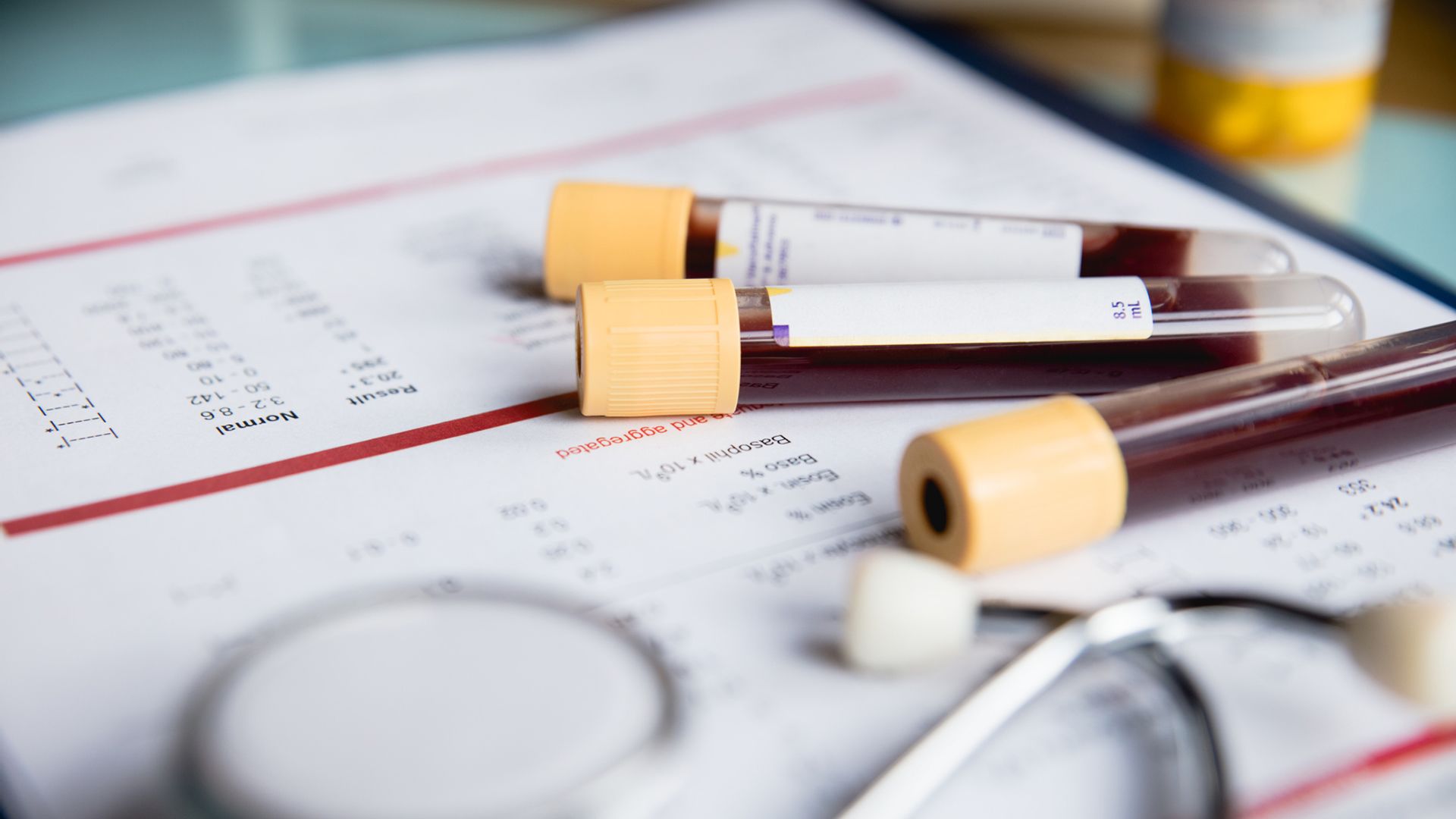Updated on January 23, 2025
Leukemia is a type of cancer. It begins in the tissues that make blood cells.
Chronic myeloid leukemia (CML) is a type of leukemia. It happens when blood cells called myeloid white blood cells begin to grow out of control. In most cases, the disease is slow to progress. It can progress more rapidly, however, when it reaches more advanced phases.
Here are answers to some common questions about CML.
How common is CML?
In the United States, about 1 in every 526 people will develop CML. Most people who have CML are adults. The disease is rare among children. CML accounts for roughly 15 percent of all cases of leukemia.
What is the difference between CML and AML?
Leukemias are named for the type of blood cell they affect and whether the cancer is chronic (long-lasting) or acute (sudden and rapid). Chronic leukemias progress more slowly. Acute leukemias progress more quickly.
Acute myeloid leukemia (AML) is another type of myeloid leukemia. It develops faster than CML. With AML, the number of white blood cells increases at a more rapid pace. The cancerous cells mutate more often, too.
What are the phases of CML?
The phase of your CML will determine your treatment. CML is grouped into three phases:
- Chronic phase
- Accelerated phase
- Blast phase, also called blast crisis
Healthcare providers use tests to figure out your CML phase. The phase mostly depends on the number of blast cells in your blood and bone marrow. Blast cells are immature white blood cells.
Other factors a healthcare provider may consider include platelet counts, whether you have anemia or an enlarged spleen, genetic mutations in CML cells, and symptoms being caused by CML.
Most people with CML are diagnosed in the chronic phase. In the accelerated and blast cell phases, CML may behave more like AML, progressing at a more rapid pace.
What is the treatment for chronic phase CML?
Chronic phase CML is commonly treated with targeted therapy drugs called tyrosine kinase inhibitors (TKIs). These are pills that are taken once daily by mouth. TKIs don’t cure CML or put it into permanent remission. But many people with CML are able to achieve long-term control over the disease with by using TKIs.
If the CML does not respond to treatment with a TKI, a healthcare provider may recommend a higher dose. They may also try a different TKI drug, chemotherapy, or in rare cases, a stem cell transplant.
What are the treatments for accelerated and blast phase CML?
Treatment for advanced phase CML is typically more challenging. Tests can help decide what treatments might work better. Different TKIs, chemotherapy, and stem cell transplant may be used. The goal is to bring CML back to chronic phase.
People with accelerated phase or blast phase CML may also consider joining a clinical trial.






